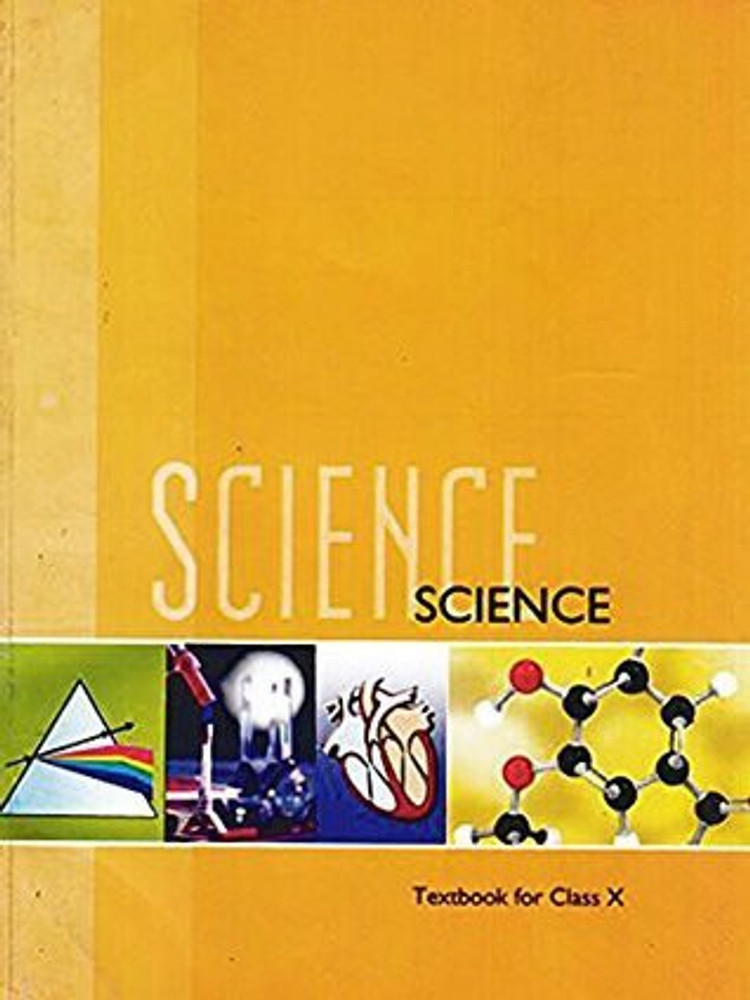12,000-Year-Old Wolf Remains in Alaska Show Early Signs of Human Interaction
A 12,000-year-old wolf leg bone discovered at the Swan Point archaeological site in Alaska has provided new insights into early human-wolf interactions. DNA analysis confirmed the animal was related to wolves, while chemical isotope testing showed it had a diet rich in salmon, suggesting possible human involvement. Researchers debate whether this animal was intentionally fed by humans or simply scavenged their food. These findings contribute to the ongoing discussion about the domestication of dogs, with experts divided on the implications. Some see it as evidence of early domestication, while others propose the "trash heap hypothesis," where wolves adapted to human food waste. This discovery adds a new layer to understanding the human-animal bond in prehistoric times

A 12,000-year-old canine leg bone unearthed at the Swan Point archaeological site in Alaska has provided new insights into the early relationship between humans and wolves. The analysis of this ancient bone revealed a wolf-like animal with a fish-heavy diet, which researchers believe could have been influenced by human interaction. This discovery has raised intriguing questions about whether the animal was intentionally fed or if it scavenged from human settlements, offering a glimpse into the complex dynamics that may have led to domestication.
Analysis and Findings from the Study
According to a study published in Science Advances, the DNA analysis confirmed the animal's mother was a wolf. However, chemical isotope testing of the remains indicated that more than half of the animal's diet consisted of salmon, an unusual finding for wild wolves typically reliant on land-based prey such as bison or rodents. Researchers, including Dr. Joshua Reuther, an archaeologist at the University of Alaska Fairbanks, suggested this dietary shift may point to a closer relationship with local human populations.
Similar findings were reported from another nearby site, Hollembaek Hill, where remains of a mother and her fetus showed evidence of salmon consumption. Dr. François Lanoë, an anthropologist at the University of Arizona, noted to New York Times that this diet likely reflected a human influence, as salmon would not have been naturally available during winter months when the fetus was conceived.
Debates on Early Domestication
While the findings suggest human involvement, researchers remain divided on whether the interaction represented early domestication. While talking to the New York Times, Dr. Angela Perri, a specialist in human-animal relationships at Chronicle Heritage, linked the discovery to the “trash heap hypothesis,” proposing wolves may have scavenged human food waste. Others, such as Dr. Reuther and Dr. Ben Potter, contested this theory, arguing the isotopic evidence points to intentional feeding by humans.
Cultural Context of Canine Partnerships
From the perspective of Indigenous peoples, dogs were seen as partners and spiritual allies, with their roles deeply integrated into survival in harsh environments.












)

























































